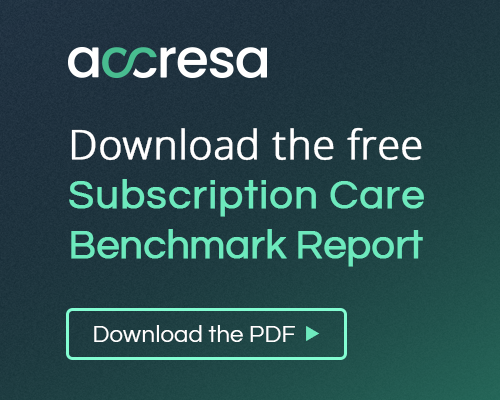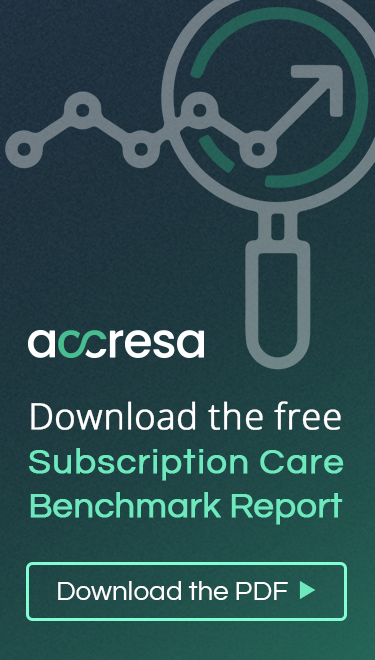How The Demand For Subscription Care Is Changing Healthcare
The subscription model has been around for a long time. Still, while it has taken over the entertainment industry (i.e., Netflix, Hulu, Spotify, etc.), healthcare seems to be the next potential beneficiary.
Subscription care is slowly increasing in popularity in the US. With growing frustrations developed by consumers for health insurance providers and the rising costs of policies that put more financial strains on both employers and employees, a new healthcare model would be appealing across the board.
So much is this new model needed that some are even ready to call it the “fix” for US primary care. Whether that’s true or not, it’s clear that subscription care is one of the significant trends in healthcare that providers should watch out for in 2023.
How Innovation And Demand Are Transforming The Healthcare Industry
The need for innovation and the demand for changes in healthcare can be attributed to the global COVID-19 pandemic. If anything, this health crisis has underlined many of the weaknesses of the current healthcare system, leaving many providers and consumers wondering how exactly we can address these vulnerabilities.
The solutions come from innovation, which is possible through modern technology.
Some healthcare technology trends to expect in the future can include:
- Growth in remote and digital healthcare (telehealth) solutions
- More remote patient monitoring and wearables
- AI-supported drug development
- Surgical robotics, enhanced through VR and AR
- Online pharmacies, etc.
Technological advancements aim to convert the current medical system and make it more efficient, convenient, and affordable.
Many proposed solutions can help providers significantly reduce costs and improve patient satisfaction with services. Patients, in turn, receive better care and can unlock new ways of getting their health needs met.
Patient Portals Are Transforming Healthcare Payment Communication
Patient portals are websites that allow an individual to access their electronic health records, family history, and even real-time lab results such as the results of blood tests.
While this is the fundamental role of a portal, modern websites can allow a practice to conduct many of its operations through it and even transform how doctors and patients interact. Patients can directly message their doctors, schedule appointments, view their billing history, and can make certain payments through their portal.
Therefore, patient portals can completely reshape the interaction between a healthcare practice and a consumer. This, of course, leads to an improvement in overall patient satisfaction.
Patients become much more engaged in their health journey when offered better access to their data, straightforward communication, and an overview of expected costs. These tools can be an incredible way to improve your patients’ experience and increase retention.
A Shift To Price Transparency And Subscription Healthcare
As of January 1st, 2021, a federal Price Transparency Rule now requires all hospitals to disclose the negotiated prices for each service and item provided.
Unfortunately, providers have been slow to effectively meet the demands of this new federal rule, with only around 14% of hospitals being compliant, according to a report from Patient Rights Advocate.
Not disclosing this information directly affects a person’s ability to research the market and compare fees to opt for the fairest rate. Essentially, when it comes to cost, the US medical system makes it almost impossible to lower the amount of money a patient will pay.
A more aggressive shift to subscription care models would directly address the patient’s desire for more transparent pricing and help hospitals comply with the new rule.
CHI Health, a regional healthcare network headquartered in Omaha, NE, had already begun piloting a popular subscription care model known as Direct Primary Care (DPC) back in 2018 at 1 location in Omaha. Since then, CHI has partnered with Accresa and added multiple ‘hybrid’ locations to expand DPC to their own employees, individuals in the community, and a couple of local businesses. To learn more about how CHI Health grew their subscription care program, please click here to view the CHI Case Study.
The Future of Healthcare
With these technological advancements, coupled with the changing expectations of patients, there is a strong need to make significant changes in a healthcare facility’s operations.
Some changes, like real-time transactions, subscription care (capitation payments), or strategies focusing on boosting patient experience, are quickly becoming non-negotiable. The success of a healthcare institution is determined by how well it can address these new expectations and provide patients with everything they are looking for.
We can assist you if you want to get started and adopt a subscription care model.
Contact the Accresa team today to find out how our solutions can help.


